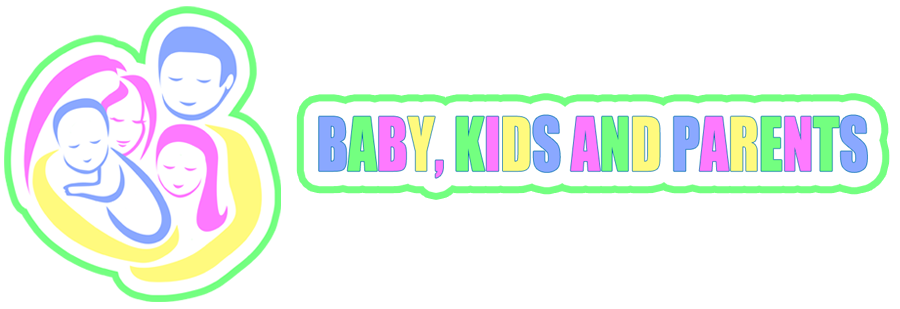
Are you making these common errors when it comes to dosing your kids?
As soon as Karen Prignano returned from the pharmacy with the medicine to treat her 6-year-old daughter's pinkeye, she squirted a few drops into Emma's eyes.
Then she took a closer look at the bottle. "My stomach did a somersault when I saw the word 'otic solution' on the label," recalls the mom of three in Springfield, New Jersey.
"My kids have had enough ear infections that I immediately knew that the drops were for the ears, not eyes." A frantic call to the pharmacy confirmed Prignano's fears: The pharmacist had given her the wrong drug, and she'd just put ear drops into her child's eyes.
Thankfully, Emma, now 10, was fine, but each year an estimated 71,000 children are treated in emergency rooms for accidental medication poisonings. Experts say that many parents unintentionally goof when giving kids medicine. But as Emma's situation illustrates, pharmacists—and even doctors—make mistakes when issuing and filling prescriptions. Errors can lead to prolonged illness as well as potentially serious side effects, particularly in infants and toddlers, which is one reason the American Academy of Pediatrics (AAP) no longer recommends OTC cold and cough medications for kids younger than age 6.
"A young child's small size and immature metabolism make him much more vulnerable to medication mistakes," explains Daniel Frattarelli, M.D., former chair of the AAP's committee on drugs and a pediatrician in Dearborn, Michigan. A simple step like reading the medication label while you're still at the pharmacy can help prevent mishaps like Prignano's. If you're unsure of a word on the label or the dosage directions, ask the pharmacist for an explanation.
Here, we've got five more ways to avoid common drug-related don'ts.
1. Overmedicating Colds
Many OTC meds contain the same active ingredients even though the symptoms they treat differ. For instance, lots of multi-symptom cold formulas contain acetaminophen, the pain-relieving, fever-reducing drug found in Tylenol. If you treat your child's congestion with a multi-symptom product and her fever with Tylenol, she'll get double the recommended amount of acetaminophen.
BETTER RX For a child over age 6 who has a cold, consider her symptoms before buying any OTC cold medicine. Check the product's "Drug Facts" label to confirm that it's the best one for your child's symptoms (look under the active ingredient's "purpose" and "uses"). Don't give two medications at once unless directed by your child's doctor.
2. Ignoring Doctor's Orders
It's tempting to stop giving antibiotics when your child seems better. But bacteria can linger and become resistant to the medication if you don't follow the full course of treatment, says Rainu Kaushal, M.D., chair of the department of healthcare policy and research at Weill Cornell Medical College in New York City. If the ailment returns, your child will have to start over with a full course of a different antibiotic that may have more severe side effects.
BETTER RX Ask the pediatrician or pharmacist about adding flavoring or mixing the medication with food.
3. Giving Medicine for "Off-Label" Purposes
Lots of parents give Benadryl to their children to help them sleep on an airplane, but some kids get more excitable—not calm—after taking the drug. (Researchers at Georgetown University Medical Center discovered that the drug did not help young children sleep; it may have made some more hyperactive.)
BETTER RX Bring lots of fun toys, healthy snacks, and, most of all, patience on your next long trip.
4. Mismeasuring
Some household kitchen spoons hold two to three times more liquid than others, which could lead to an overdose if they're used to dispense medicine, found a study in the International Journal of Clinical Practice. Another study from the New York University School of Medicine found that 70 percent of parents pour more than the recommended amount into dosing cups with printed markings. Researchers believe this may be in part because some parents tend to think that the cup is the full dose, and others don't look at the cup at eye level when pouring.
BETTER RX New guidelines from the AAP suggest ditching teaspoon and tablespoon measurements altogether. If possible, use a syringe or dosing cup that only lists the measurement of milliliters (mL). A study in Pediatricsfound that measuring medications in milliliters instead of in teaspoons or tablespoons cuts the risk of dosing mistakes by half. Try to avoid devices that feature both milliliters and teaspoons; the risk of confusing the two is too great and you could give too much or too little medicine.
5. Basing the Dose on Your Child's Age Instead of Her Weight
Children metabolize medicine differently depending on how much they weigh—not how old they are. This distinction is especially important if your child happens to be overweight or underweight for her age. A study from the University of Minnesota College of Pharmacy in Minneapolis-St. Paul found that obese kids metabolize caffeine and dextromethorphan, a key ingredient in many cough suppressants, faster than their average-weight peers, which means they may need more than what the label suggests.
BETTER RX Always consult your pediatrician before administering an OTC drug if your child's weight is higher or lower than what's designated in her corresponding age category on the label. Your pediatrician should factor in your child's weight when writing and filling prescriptions.
Source http://www.parents.com/
All content on this Web site, including medical opinion and any other health-related information, is for informational purposes only and should not be considered to be a specific diagnosis or treatment plan for any individual situation. Use of this site and the information contained herein does not create a doctor-patient relationship. Always seek the direct advice of your own doctor in connection with any questions or issues you may have regarding your own health or the health of others.

